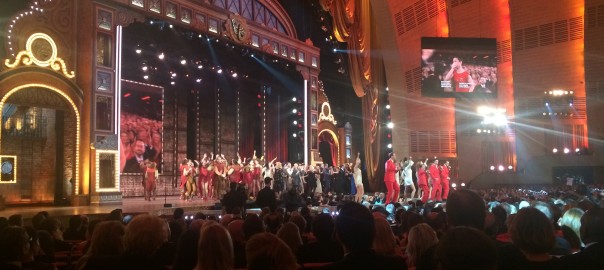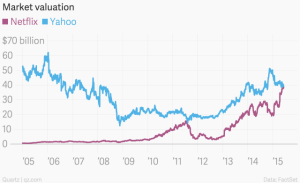The news in advertising this week is all about the Cannes Lions.
Alas, there were no ads created for book publishers among the winners. Mostly it’s cars and sports, with a smattering of empowerment. That said, there was a lot of love for an ad for a bookbook™, which was pretty clever even if it was for an Ikea catalog rather than, you know, a book.
In other advertising news that might mean something more to book publishers . . .
When we talk about advertising to the parenting demo, it’s getting to be time to include men in the conversation.
Rocketfuel made an infographic that shows what creative elements have led to the best performance. Spoiler alert: it’s an animated red ad featuring a man; the CTA is “Learn more,” and the logo’s positioned in the lower left.
Remember when QR codes were going to be a thing in consumer advertising? It turns out they still have a role to play in China, and for one blogger, that’s heartening:
“I have to confess: I’ve been rooting for the QR code all along. Partially, I think, because of its aesthetic inelegance, and partially because it seems fleeting. Like an AOL CD or a pianist at a silent film, the QR code is an awkward stopgap solution that can only exist at a particular moment of transition”
(via @BenedictEvans)
The Only Dead Fish email reminds us that Ben Evans updated his “Mobile Is Eating the World” podcast and deck in May. Its insights are must-reading for everybody in the tech business, and yes, that includes book publishing and advertising. As his final slide suggests, “tech is outgrowing the tech industry.”
Even though QR codes are not so popular anymore, you still might want to keep up the payments on the url though—just in case a porn site wants to grab the audience from your ketchup campaign, for example.
(via Quartz)
Facebook author tags are a thing.
(via Business Insider)
Verso Advertising is not at the beach in Cannes for the Lions. But as the photo at the head of this post will attest, we're feeling pretty good about the sprinklers a short walk west on 17th street.











